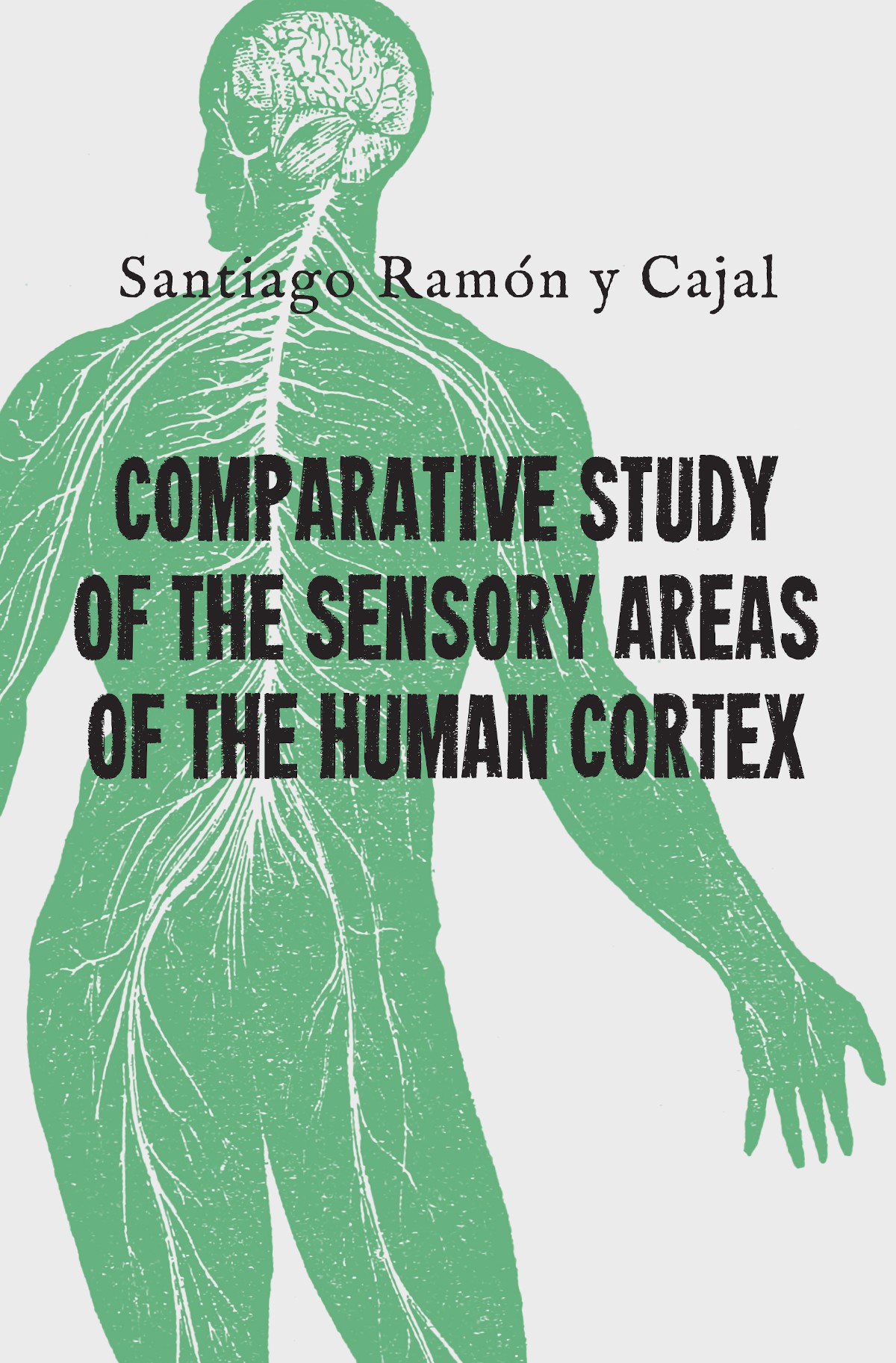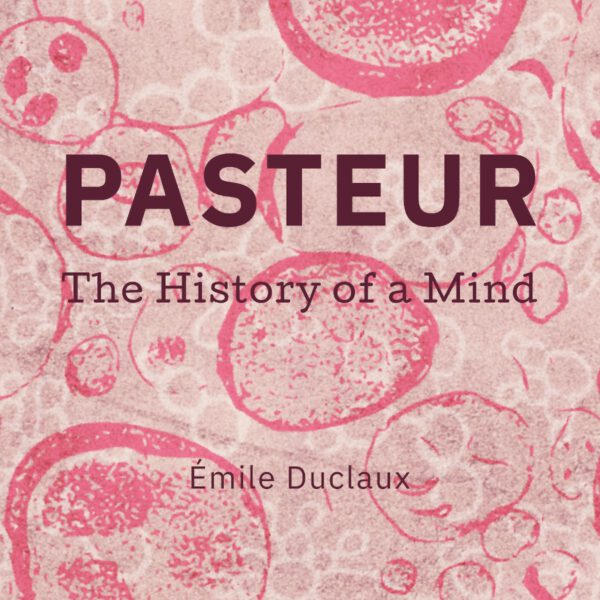Description
Ramón y Cajal can be considered one of the founding fathers of modern neuroscience. He has been the first person of Spanish nationality to win a Nobel Prize in a scientific discipline (Physiology or Medicine, 1906).
After the invention of the silver impregnation, a staining technique elaborated by the Italian biologist and pathologist Camillo Golgi, Ramón y Cajal began studying the structure of the brain. One of his major discoveries was the determination of the structure of the brain, composed by discrete interlaced single cells called neurons. This view was opposite to the dominant theory of the time, that interpreted the brain structure as composed by a single continuum tissue.Ramón y Cajal is also famous for his illustrations of the structure of the brain, in particular the discovery and the illustration of neural “arborizations”, i.e., the process by which the dendrites branch off to create new synapses. His illustrations are still used in modern neuroscience textbooks.
This book presents a series of three lectures with illustrations given by Cajal at the Clark University in Massachusetts, United States, in 1899. He explains his recent discoveries on the structure of the brain showing for the first time his (still unpublished) illustrations on the structure of neural networks.
Sourced from the public domain, this work has been proof-read, newly typeset, and indexed.




Reviews
There are no reviews yet.